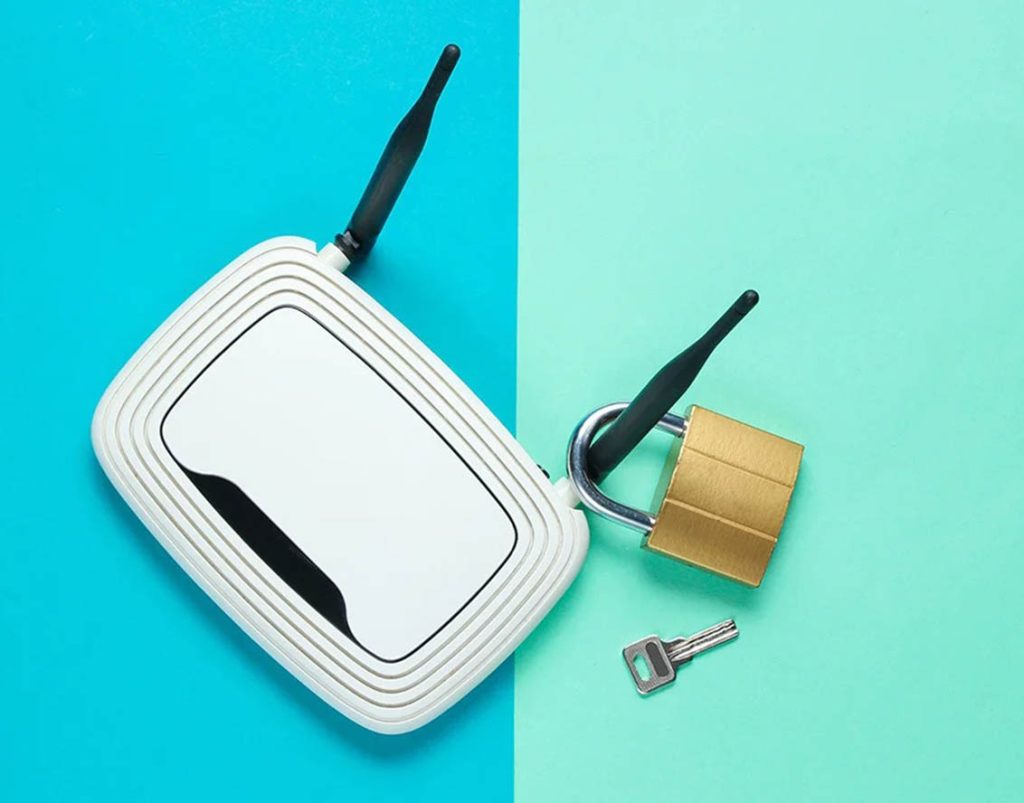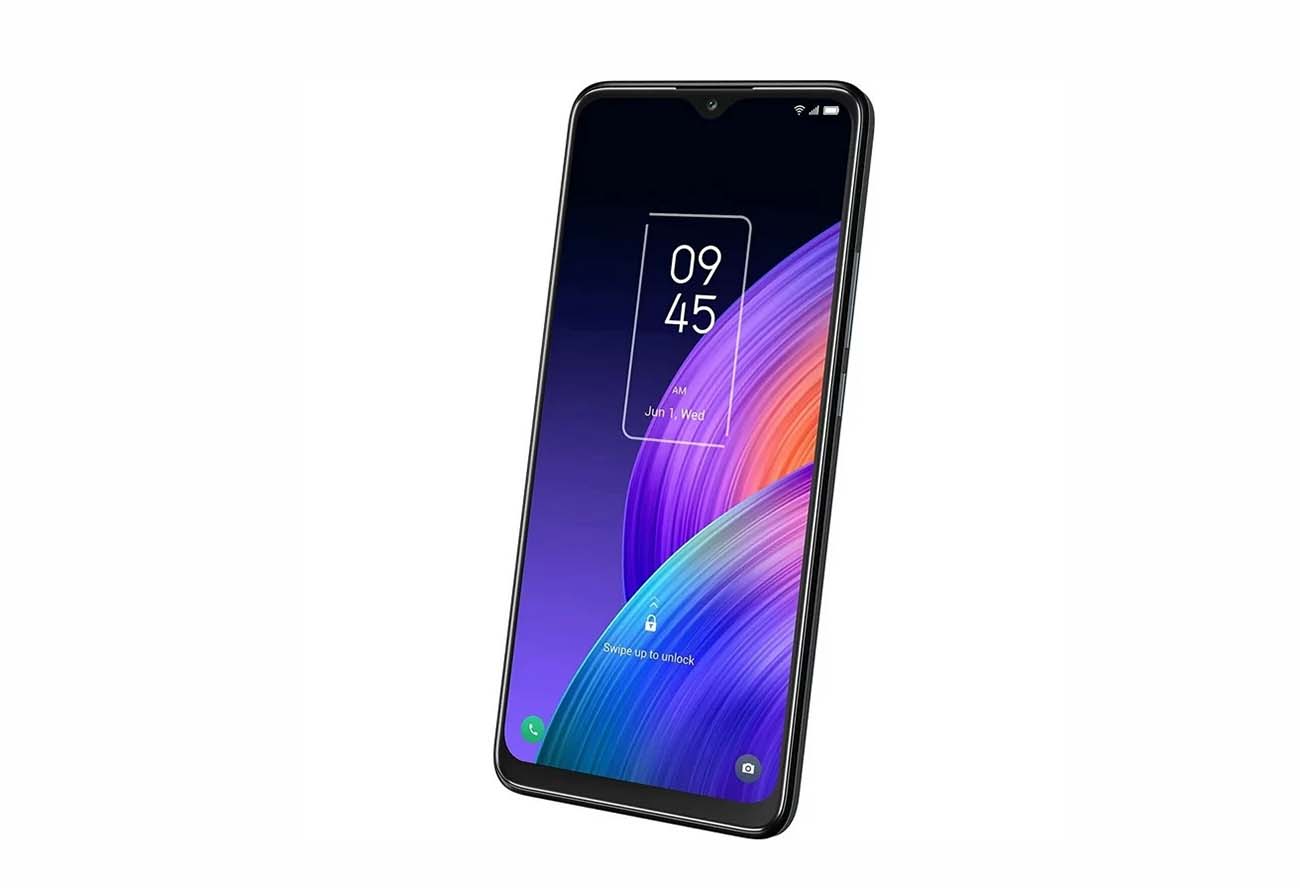In today’s connected world, Wi-Fi is essential in our daily lives. Whether at home, in the office, or at a café, almost every smart device relies on Wi-Fi. However, it’s not uncommon to forget your Wi-Fi password, especially when trying to connect a new device or when a friend needs access. Fortunately, whether you use an Android device, iOS, Windows, or macOS, there are simple methods to help you retrieve those forgotten Wi-Fi passwords easily and quickly.
How to Retrieve Wi-Fi Passwords on Android Devices
For Android users, the steps to find a saved Wi-Fi password can vary depending on the brand and version of your device. Below, we’ll cover the steps for Google Pixel and Samsung Galaxy phones, two popular Android brands.
Google Pixel Phones
If you’re using a Google Pixel phone, finding your Wi-Fi password is straightforward. Here’s how you can do it step-by-step:
- Open Settings: First, open the “Settings” app on your phone.
- Select “Network & Internet”: Scroll down and tap on “Network & Internet.”
- Tap “Internet”: Tap on “Internet” to see your current Wi-Fi connections.
- Tap the Gear Icon: Next to the name of your connected Wi-Fi network, tap the gear icon to access network settings.
- Tap “Share”: On the next screen, find and tap the “Share” button.
- Verify Your Identity: The system will ask you to verify your identity using your fingerprint, face recognition, or device PIN.
- View the QR Code: After verification, a QR code will appear on the screen, which can be used to share the Wi-Fi connection with other devices. The Wi-Fi password will be displayed below the QR code.
This method is not only quick but also minimizes security risks since it doesn’t display the password openly on the screen, making it ideal for sharing Wi-Fi access safely in home or office environments.
Samsung Galaxy Phones
For Samsung Galaxy users, the process is quite similar:
- Open Settings: Go to the “Settings” app on your phone.
- Select “Connections”: Tap on “Connections” to access various connectivity options.
- Tap “Wi-Fi”: Tap on “Wi-Fi” to view all available networks.
- Tap the Gear Icon: Tap the gear icon next to your currently connected Wi-Fi network.
- Tap the QR Code Icon: On the network details page, tap the QR code icon at the top of the screen.
- Verify Your Identity: You will need to verify your identity, just like on Google Pixel.
- View the Wi-Fi Password: Once verified, a QR code will appear along with the Wi-Fi password displayed below it.
Samsung’s method also emphasizes security, offering a straightforward way to share and manage Wi-Fi access without compromising privacy.
How to Find Wi-Fi Passwords on iOS Devices
For iPhone users, iOS doesn’t directly display saved Wi-Fi passwords on the phone itself. However, you can access them through iCloud Keychain, a feature that syncs passwords across all your Apple devices. Here’s how to do it:

- Ensure iCloud Keychain is Enabled: On your iPhone, go to “Settings” > Tap on your Apple ID at the top > “iCloud” > “Keychain” and make sure “iCloud Keychain” is turned on.
- Switch to Your Mac: Since iOS does not show Wi-Fi passwords directly, you need to access a Mac computer that has iCloud Keychain enabled.
- Open Keychain Access: On your Mac, go to “Applications” > “Utilities” > “Keychain Access.”
- Search for the Wi-Fi Network Name: In Keychain Access, use the search bar to find the Wi-Fi network you need the password for.
- Double-click the Network Name: Once you find the network, double-click on it to open its details.
- Show Password: Check the “Show password” box, and the system will prompt you to enter your Mac’s administrator password for verification.
- View the Password: After verification, the Wi-Fi password will be visible.
This method makes use of Apple’s integrated security features, allowing for seamless password management across iOS and macOS devices.
Finding Wi-Fi Passwords on Windows
Windows users can also find their saved Wi-Fi passwords easily using built-in system settings. Here’s a step-by-step guide:
- Open “Settings”: Click the Windows icon in the lower left corner of your screen and select “Settings.”
- Choose “Network & Internet”: In the Settings menu, click on “Network & Internet.”
- Click “Status”: From the left-hand menu, select “Status.”
- Go to “Network and Sharing Center”: On the Status page, click “Network and Sharing Center.”
- Click Your Current Wi-Fi Network: Find and click on your currently connected Wi-Fi network name.
- Click “Wireless Properties”: In the Wi-Fi Status window, click the “Wireless Properties” button.
- Open the Security Tab: In the Wireless Network Properties window, click on the “Security” tab.
- Show Characters: Check the “Show characters” box, and the Wi-Fi password will be displayed in the “Network security key” field.
These steps make it simple to retrieve passwords for any Wi-Fi networks you’ve previously connected to, without the need for third-party software.
Finding Wi-Fi Passwords on macOS

Mac users can quickly access saved Wi-Fi passwords through the “Keychain Access” app, just like iOS but directly on macOS. Here’s how:
- Open Keychain Access: Click the magnifying glass icon in the top right corner of your screen, type “Keychain Access,” and open it.
- Search for the Wi-Fi Network Name: Use the search bar in Keychain Access to locate the Wi-Fi network you’re looking for.
- Double-click the Network Name: Double-click the network name to view its details.
- Show Password: Check the “Show password” box, and you’ll be prompted to enter your Mac’s administrator credentials.
- View the Password: After verification, the Wi-Fi password will be revealed.
This approach is quick and secure, making it easy to retrieve Wi-Fi passwords for your MacBook, iMac, or other macOS devices.
Recommended Devices for a Smooth Wi-Fi Experience
Android Recommendation: Samsung Galaxy S23
The Samsung Galaxy S23 series stands out as one of the best Android flagship phones of 2024, featuring outstanding performance, top-notch display quality, and an innovative user experience. Powered by the Snapdragon 8 Gen 2 processor and up to 12GB of RAM, it effortlessly handles multitasking and complex apps. The ultra-clear AMOLED screen with a 120Hz refresh rate offers an immersive visual experience. Samsung’s One UI interface is both beautiful and fluid, making it a perfect choice for work and play. Whether you need reliable Wi-Fi management or cutting-edge features, the Galaxy S23 delivers on all fronts.
iOS Recommendation: iPhone 14 Pro
For Apple enthusiasts, the iPhone 14 Pro is a top pick. It’s equipped with the latest A16 Bionic chip, offering unmatched speed and graphics capabilities. The ProMotion adaptive refresh rate technology intelligently adjusts the screen’s refresh rate, ensuring the best display performance across various scenarios. The iPhone 14 Pro also fully integrates with iCloud Keychain, making it easy to sync and manage your passwords and network settings across all your Apple devices seamlessly.
Whether you use Android, iOS, Windows, or macOS, these methods allow you to quickly retrieve forgotten Wi-Fi passwords without hassle. Don’t let a moment of forgetfulness disrupt your day; these easy-to-follow tips can help you reconnect in no time. As technology continues to evolve, the interconnectedness of our devices will become even smarter and more convenient, enhancing our everyday experiences. We hope this guide helps you navigate network connection issues with ease and confidence, making your digital life smoother and more enjoyable.

